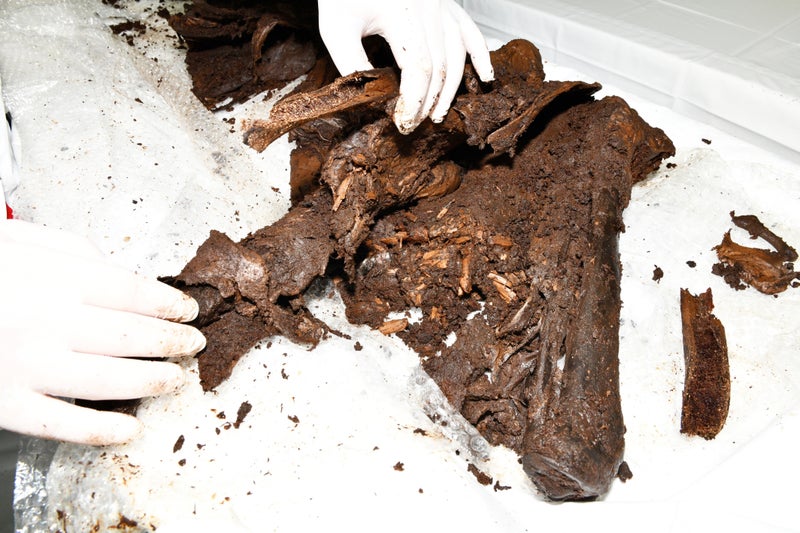Niamh Baker, Curator of Archaeology at National Museums NI, said the Ballymacombs More Woman is “one of the most important archaeological discoveries on the island of Ireland”.
Initially believed to be those of a teenage boy, the remains, now known as Ballymacombs More Woman, are now thought to belong to a young woman who lived approximately 2,000 years ago.
In line with the naming convention applied to similar discoveries, ie, the townland where remains are found paired with the sex of the individual, the remains are now to be referred to as the Ballymacombs More Woman.
“As the organisation with statutory responsibility for acquiring, curating and conserving nationally significant archaeological finds in Northern Ireland, we immediately understood how a thorough research process would be required to ensure that this discovery was managed professionally and ethically to unlock her valuable story.”.
Research found that cut marks on the neck vertebrae indicate the cause of death as an intentional decapitation in the bog, which may be part of a pattern of ritual and sacrifice during the Iron Age period.































